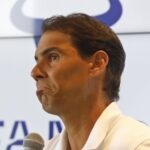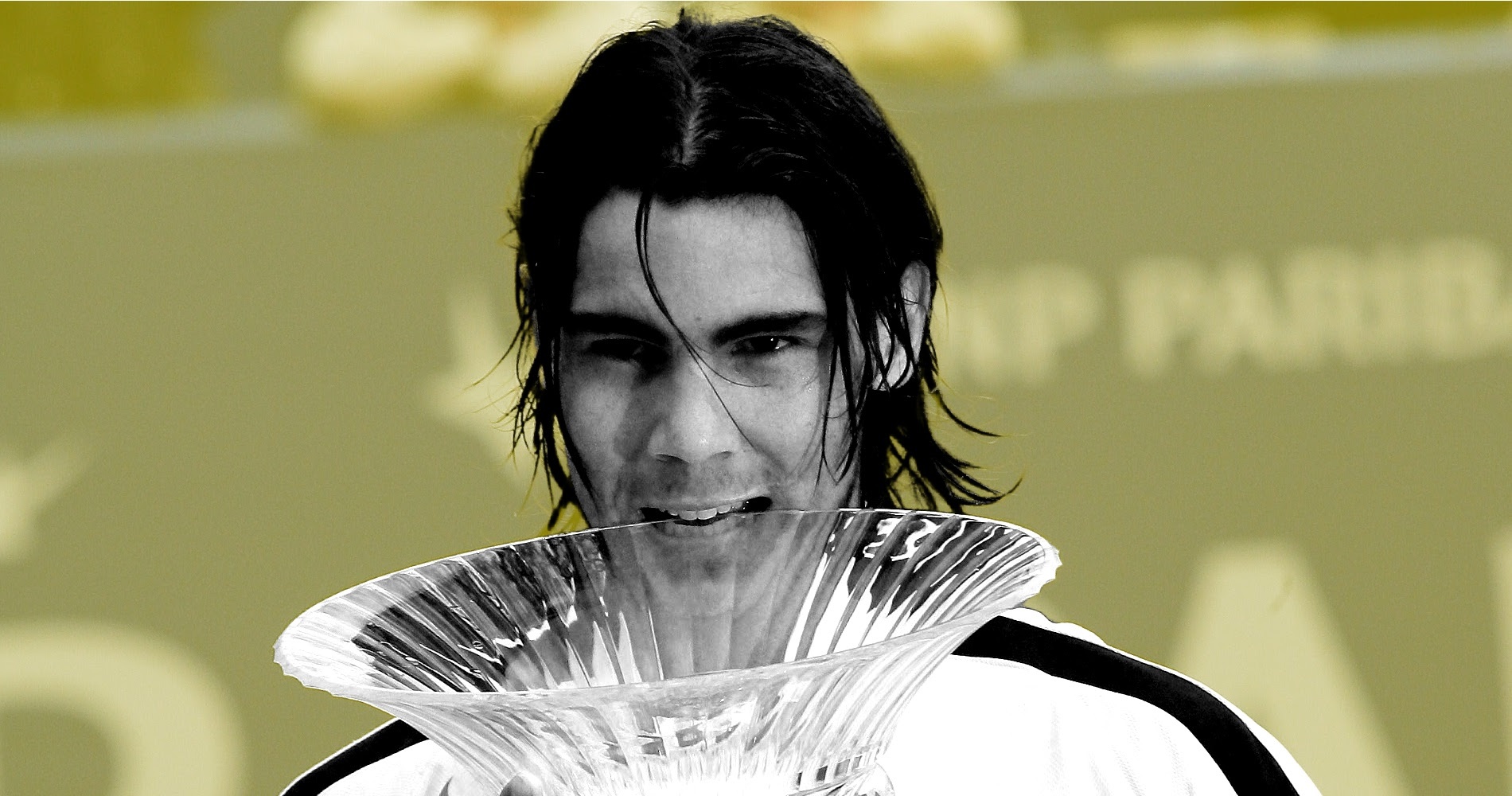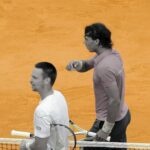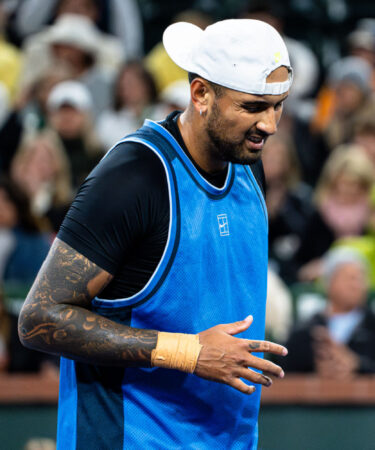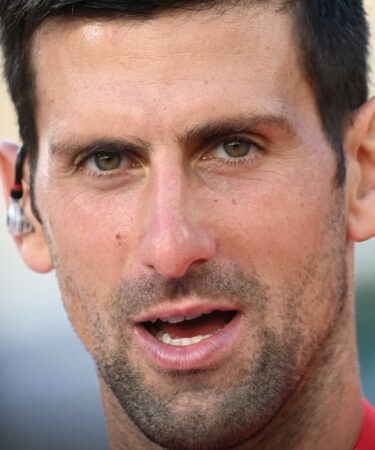May 27, 2016: The day Rafael Nadal stunned the tennis world by pulling out of Roland-Garros
Every day, Tennis Majors takes you back in time to relive a tennis event which happened on this specific day. On May 27, 2016, Rafael Nadal unexpectedly called for a press conference to make an announcement that caused a seismic shock in the tennis world
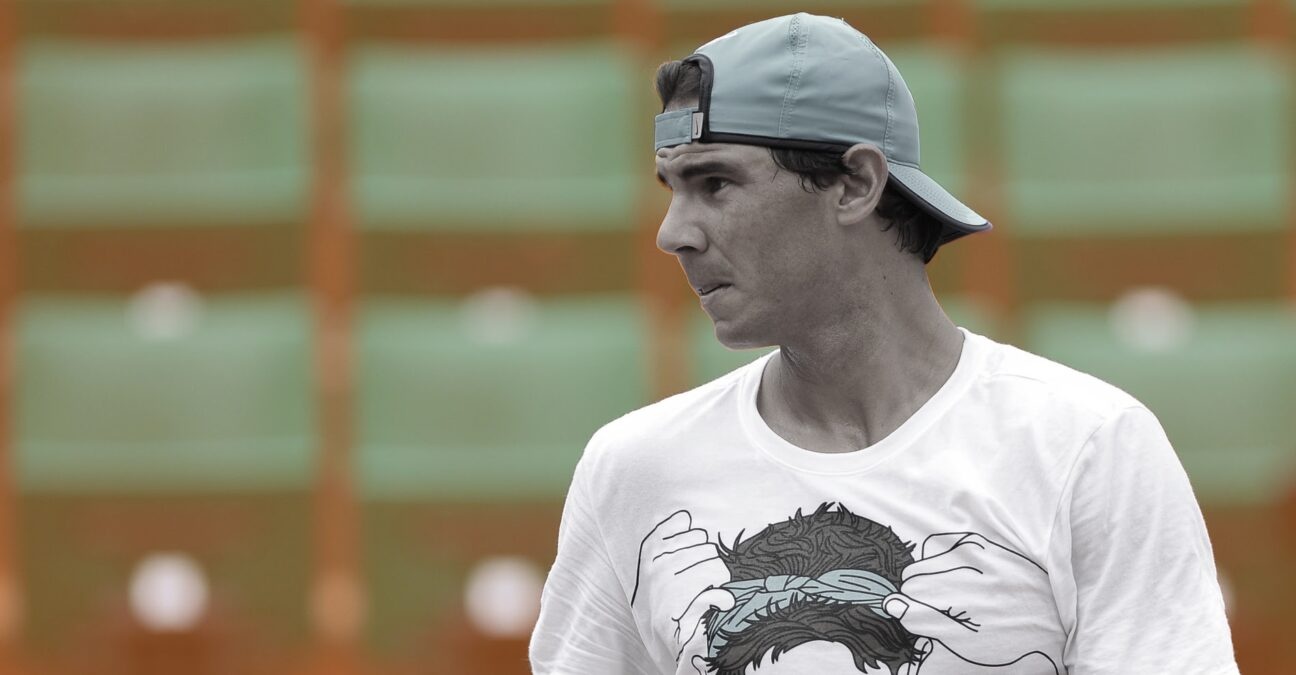 Rafael Nadal
Rafael Nadal
What exactly happened on that day?
On this day, May 27, 2016, Rafael Nadal, then the nine-time Roland-Garros champion, withdrew from his favourite tournament just before playing his third-round match against fellow Spaniard Marcel Granollers.
Completely unexpected, this announcement caused a seismic shock in the tennis in the tennis world. Even if Nadal had been recently struggling, his record on clay and especially at the French Open still made him one of the tournament’s big favourites.
The story: The dominance of Rafael Nadal
In 2016, Rafael Nadal, the King of Clay, did not arrive at Roland-Garros at his dominant best. In fact, the nine-time French Open champion had been struggling over the past two seasons, since his last Grand Slam crown, which came in Paris in 2014.
His loss at Wimbledon in 2014 against Nick Kyrgios (7-6, 5-7, 7-6, 6-3), as well as the one against Tomas Berdych in the quarter-finals of the 2015 Australian Open, the Spaniard could handle. They were not his first disappointments on hard court. But in 2015, something strange happened: Nadal started losing on clay.
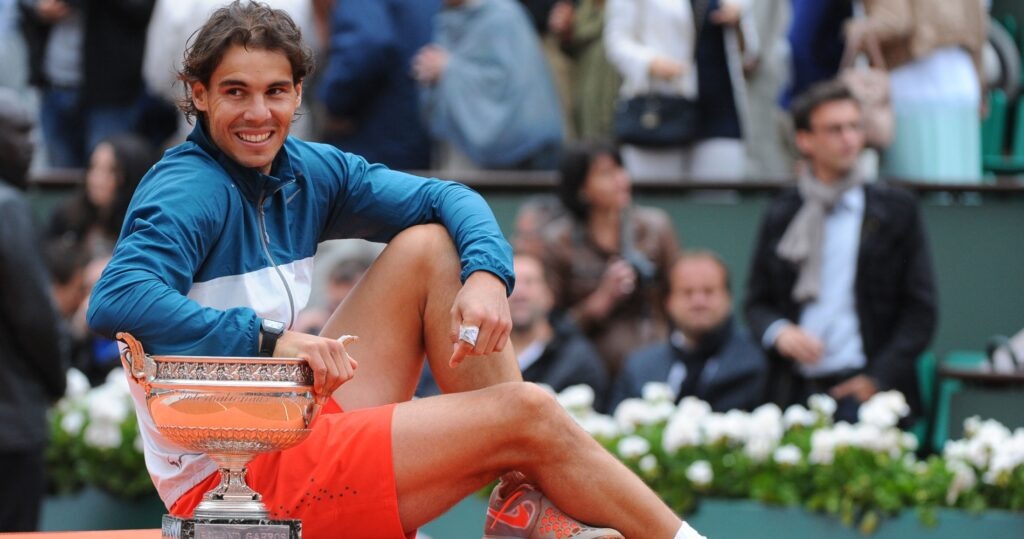
It all began in February in Rio de Janeiro, where he was defeated (1-6, 6-2, 7-5) in the semi-finals by Fabio Fognini, whom he had beaten in their four previous meetings. In the spring, Novak Djokovic beat him comfortably in the Monte-Carlo semi-finals (6-3, 6-3), then Fognini beat him a second time in the round of 16 in Barcelona (6-4, 7-6). In the final of the Mutua Madrid Open, he was outplayed 6-2, 6-3 by Andy Murray, who had never beaten him on clay before.
Now No 7 in the world, Nadal managed to set up a hyped-up clash against his nemesis Djokovic in the quarter-finals at Roland-Garros. Not only did he lose to the Serb for the first time at Roland-Garros, but he lost in straight sets (7-5, 6-3, 6-1) and appeared almost clueless on the court.
Things did not improve for the Spaniard in the second half of the year, with a disappointing loss in the second round at Wimbledon to Dustin Brown and a third loss against Fognini at the US Open in the third round. For the first time since 2004, Nadal finished the season without a Grand Slam or even an ATP Masters 1000 title.
In early 2016, Nadal was not getting better results and the tennis world started to talk about his possible decline. His forehand was dropping short and was not as damaging, forcing him to defend in a way he couldn’t do as well as in his early years – but the biggest change was that he was now losing several close matches and seemed to have lost some of his psychological edge.
In the Doha final, Djokovic easily beat him 6-1, 6-2. At the Australian Open, he lost in the first round in five sets to Fernando Verdasco, whom he had outplayed 14 times in their 16 previous encounters. In Rio de Janeiro, on clay, he lost in the final against Pablo Cuevas, ranked No 45 (6-7, 7-6, 6-4). Nadal was not the monster on court that he used to be and his opponents now believed in their chances.
Although he said he had been suffering for weeks, he had shown no signs of pain in his first matches, we had heard no rumours, no one had seen it coming.
Rémi Bourrières, tennis writer
When spring came, the left-hander seemed to regain confidence in Monte-Carlo, edging Gael Monfils in a great final (7-5, 5-7, 6-0). Even though he didn’t claim the title in Madrid (he lost in the semis to Murray, 7-5, 6-4) nor in Rome (lost to Djokovic, 7-5 7-6), as he did in his peak years, his game was more aggressive and it looked like he was slowly getting back to his former self just when it mattered the most, at the French Open.
His two first matches in Roland-Garros sounded like a warning. Sam Groth and Facundo Bagnis were thoroughly destroyed and won a total of six games between them: Rafa was back!! Against the Australian, defeated 6-1, 6-1, 6-1, the King of Clay even treated fans to a “tweener” passing shot. He had been so impressive that, even if his next opponent on Saturday was Granollers, everyone was already looking forward to a fourth-round meeting against Dominic Thiem.
Our journalist Rémi Bourrières was at Roland-Garros on Friday May 27, 2016, when he heard that Rafael Nadal was calling a press conference immediately.
“I didn’t know what was going on, but I thought straight away that such an emergency call couldn’t be good news,” he recalls.
“We were all intrigued. The conference room was so packed that I had to stand up. Five minutes later, Nadal arrived with a brace on his wrist and calmly announced that he had to withdraw because of a wrist injury, that the doctors had told him to stop. It didn’t last very long, five, maybe 10 minutes. Although he said he had been suffering for weeks, he had shown no signs of pain in his first matches, we had heard no rumours, no one had seen it coming. It was a shock.”

When the press conference was over, the French Open had lost its nine-time champion, who seemed to be the only one capable of challenging the great favourite, Djokovic. The whole of Roland-Garros was numb with surprise, as confirmed by Thibault Venturino, a hitting partner that year at the French Open, who had practised with Nadal in the previous days.
“There was no way to tell he was in pain. He was hitting the ball as hard as usual and didn’t look particularly nervous or concerned,” he said. “When I heard the news, at first, I thought it was a joke, then I was shocked. To me, it was unpredictable, he looked so strong and confident. Then I laughed to myself thinking that maybe I had hit too hard and injured him.”
For the first time in his career, Nadal had lost without even stepping on court in a Grand Slam tournament. In his absence, Djokovic edged Andy Murray in five sets in the final to finally win the Roland-Garros crown.
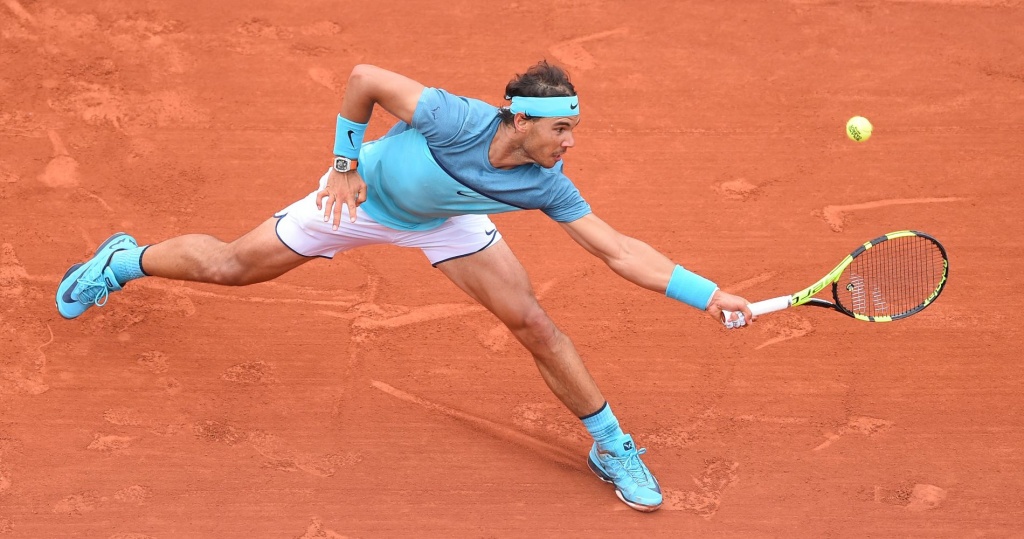
What next? New wins for Nadal in 2017, 2018, 2019, 2020 and 2022
After his Roland-Garros withdrawal, Rafa would also pull out of Wimbledon. He would continue to struggle in the second half of 2016, at least by his lofty standards. Defeated by Lucas Pouille in the fourth round of the US Open in five sets (6-1, 2-6, 6-4, 3-6, 7-6), he wouldn’t claim a title on hard court that year and his highlight would be a gold medal in doubles at the Rio Olympics, partnering Marc Lopez. He would finish the year ranked No 9 in the world, his lowest ranking since 2004.
On May 27, 2016, announcing his withdrawal, Rafael Nadal had said:
“I feel myself with the right motivation and the right energy to be back at Roland-Garros the next couple of years, it’s a tournament that I love so much.”
He would indeed be back in 2017 and in very different shape. After a final lost in five sets (6-4, 3-6, 6-1, 3-6, 6-3) at Melbourne Park to Roger Federer, he would claim Masters 1000 titles in Monte-Carlo and Madrid, arriving in Paris as the favourite again. He would not only reclaim his crown, but he would also achieve the unbelievable “decima” (winning the tournament for the 10th time), without losing a single set, dropping only 35 games in seven matches, outplaying Stan Wawrinka in the final, 6-2, 6-3, 6-1. There would be no more talk about his decline.
Back in the game, the Bull from Manacor, climbed back to the world No 1 position in August, and would claim a third US Open title in 2017 and a fourth in 2019. Since the 2016 press conference, Nadal won at Roland-Garros in 2017, 2018, 2019, 2020 and 2022 to hold the astonishing record of 14 French Open titles.
In 2023, Nadal would once again pull out of the tournament, this time a few days before the draw was made as he continues to recover from injuries that have sidelined him since the 2023 Australian Open in January.
